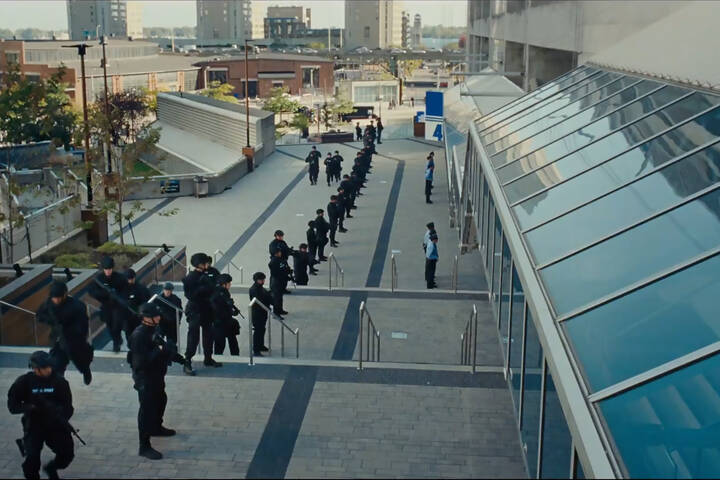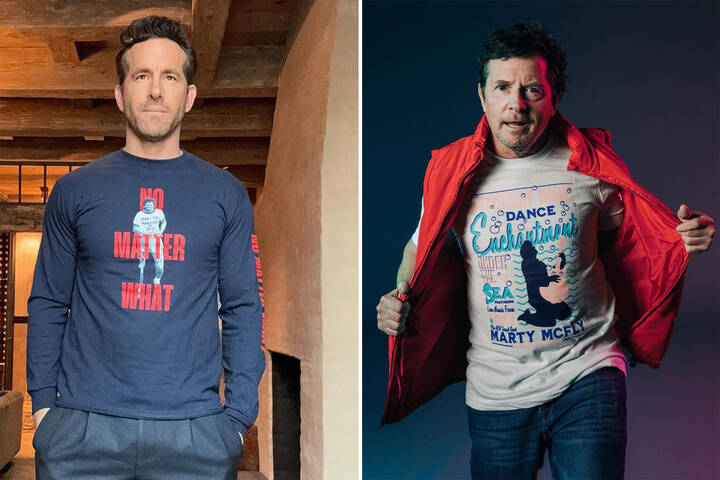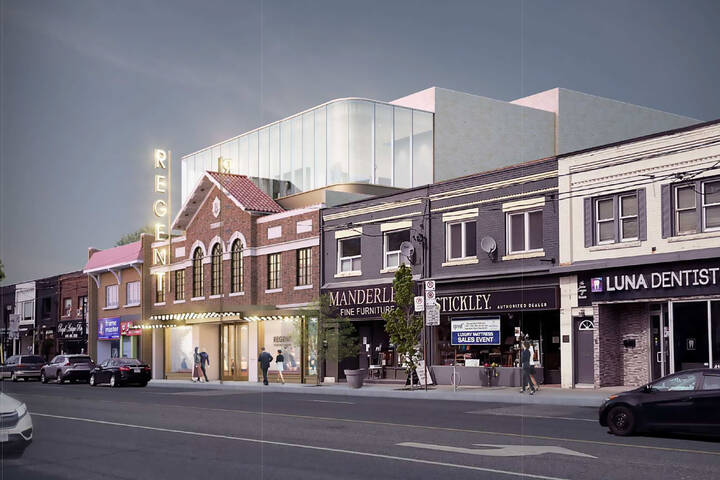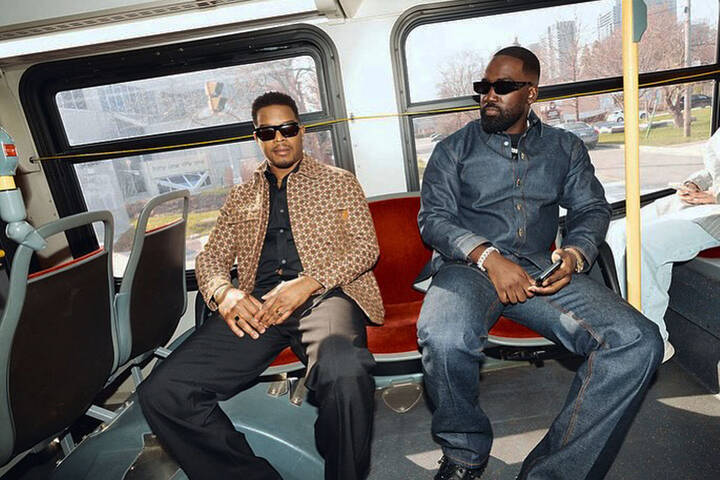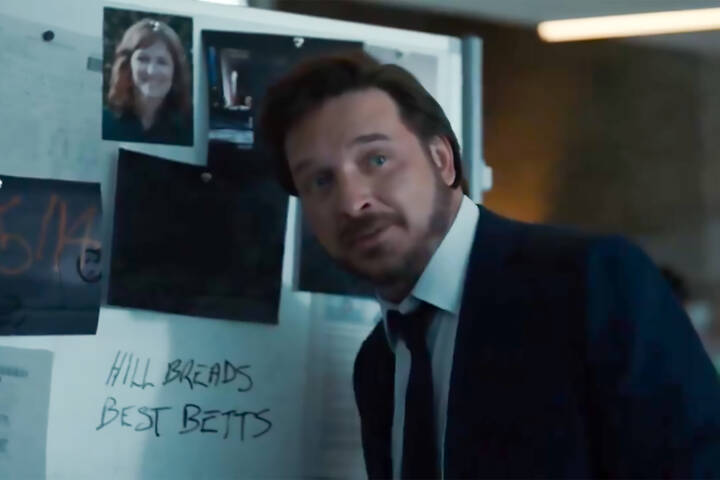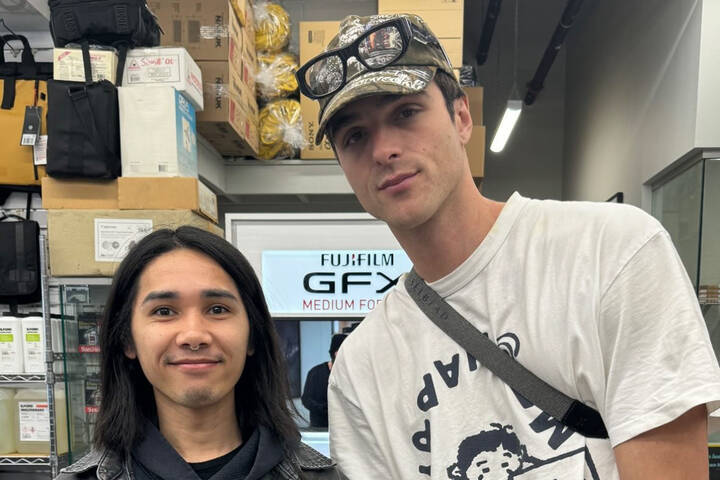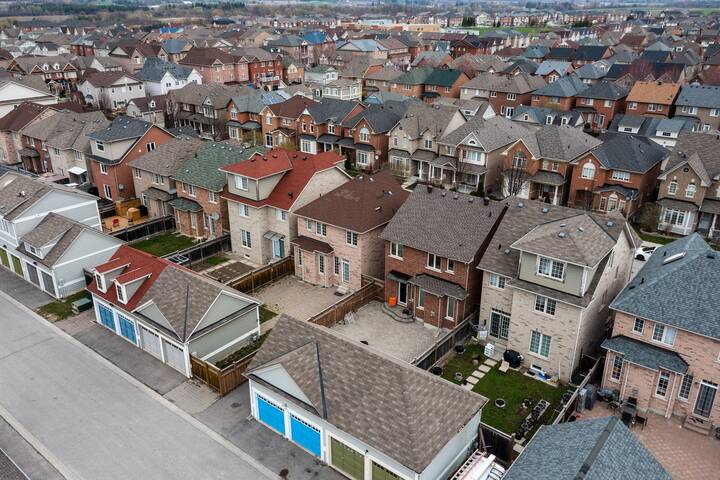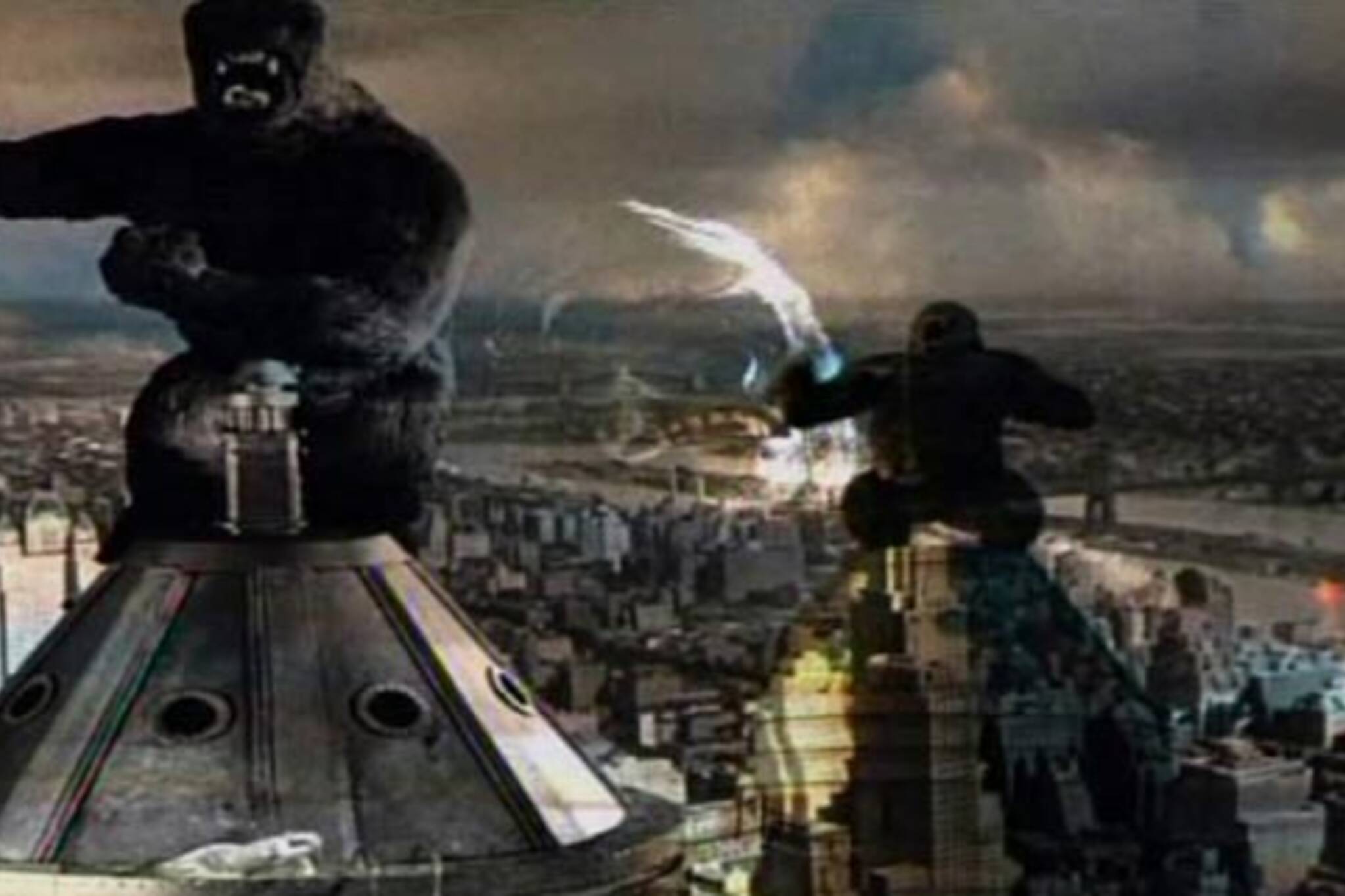
Triple your monkey: Camille Henrot's King Kong Addition
Call it video art, call it experimental film, call it a 2-hour YouTube mash-up... Camille Henrot's King Kong Addition was screened in glorious video projecticolour last night at Cinecycle.
The film takes the 1933 version of King Kong, and superimposes key sequences from the 1976 modernized remake and the 2005 Peter Jackson opus straight over top of it. The result is a soporific and often near-unwatchable mishmash of dappled, indistinct forms and half-comprehensible dialogue.
And yet, to a Kong whore like myself (and having watched all three versions at least once apiece in the past 12 months), the flick was eerily rewarding and enjoyable, too.
The problem with the lion's share of experimental video is that they are, almost by default, one-note gags. Once someone has come up with an experimental concept - like, say, superimposing three versions of King Kong on top of one another - there's rarely any further development. I wandered into Cinecycle about twenty minutes early tonight and caught the projectionist testing the reel of King Kong Addition; the DNA of the entire movie was contained in the thirty-odd seconds I witnessed. In other words, seeing 101 minutes of KKA is very much like seeing 30 seconds: the experiment lives or dies fairly quickly.
Nonetheless, I am indeed well-versed in Kong, and so I found myself getting more out of the feature film than I might have otherwise. I found myself anticipating each classic sequence, to see how Henrot would blend the components and what the finished product would look like. The film comes alive during Anne's sacrifice to Kong, for example, when the rapid superimposition of milky-white blonde girls over fields of tribal torches make Anne look like she is made of living flame. The T-Rex fight is concluded by a gorgeous moment of three eras' worth of Kongs momentarily coalescing together into a single, victorious primate.
When Kong escapes his bonds in New York and creates pandaemonium in the streets, the screen becomes a kaleidoscopic whirlwind of movement and colour. The most breathtaking material of all, however, is (as expected) the grand finale atop the Empire State Building (or World Trade Centre, in Kong '76), where one of the greatest image systems in all of cinema crashes against itself in shocking, beautiful ways.
This latter scene was far and away the best thing about King Kong Addition, and the best example of what I was saying earlier; with just these five minutes, Henrot achieves everything that the entire 101 minutes also achieves, and I found myself wishing she had just lopped off the other 96. The conclusion of King Kong Addition is spectacular art; the film as a whole is over-indulgent gimmickry.
KKA's most peculiar biproduct was in how it cemented Kong in my mind as a definining cinematic myth, and one that I hope will continue to be re-interpreted by new generations, over and over again, even (and perhaps especially) in forms as weird as this.
Latest Videos
Latest Videos
Join the conversation Load comments
